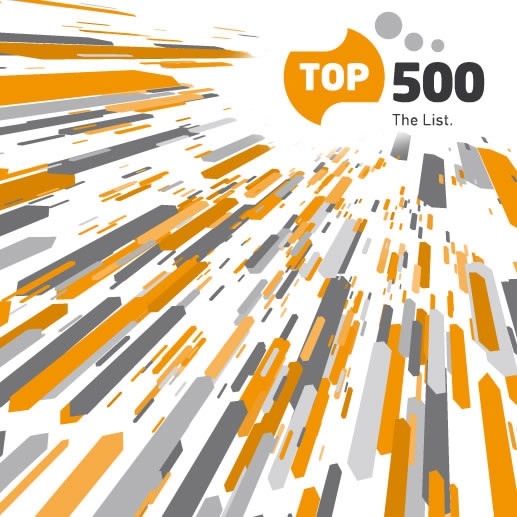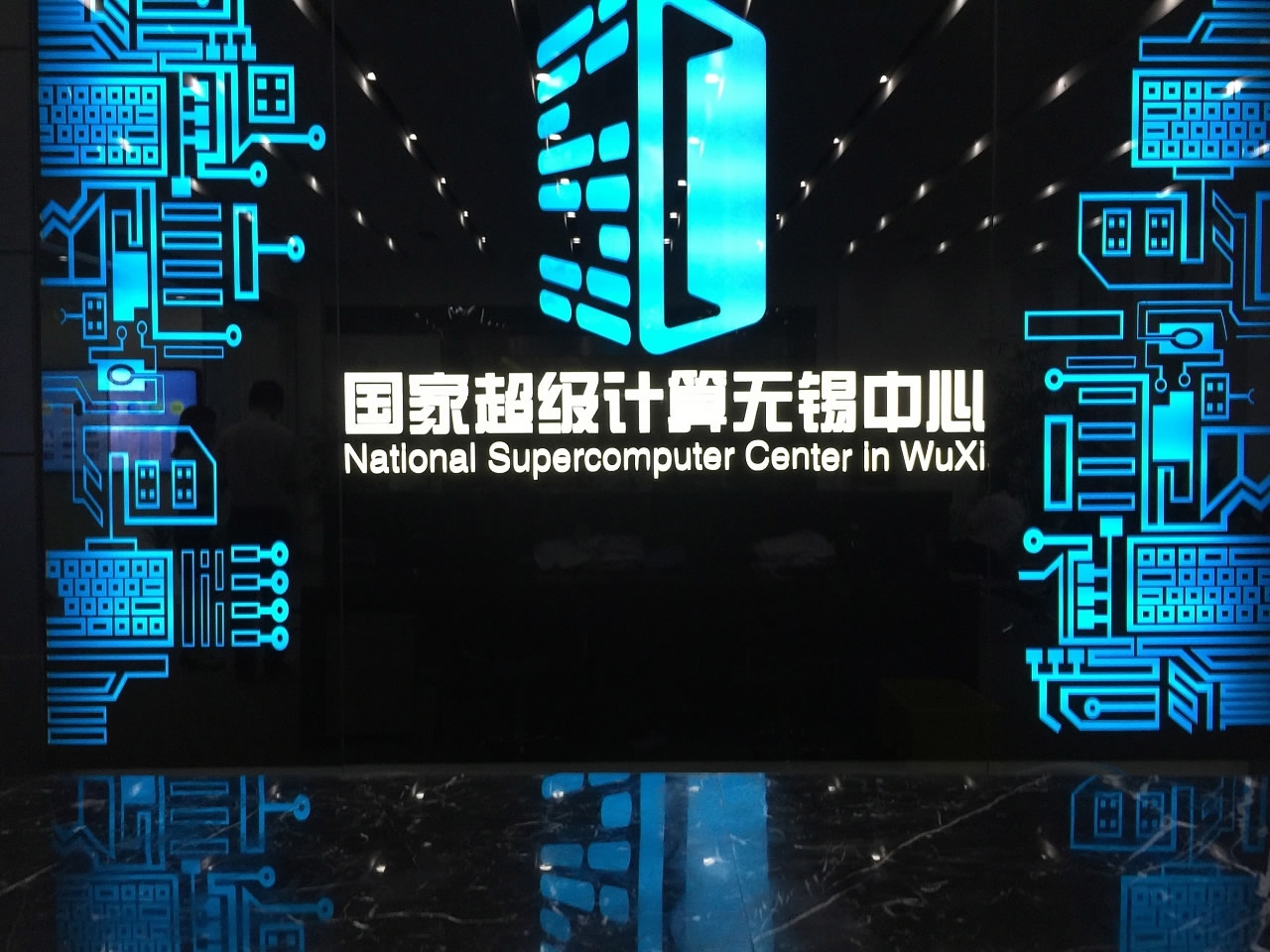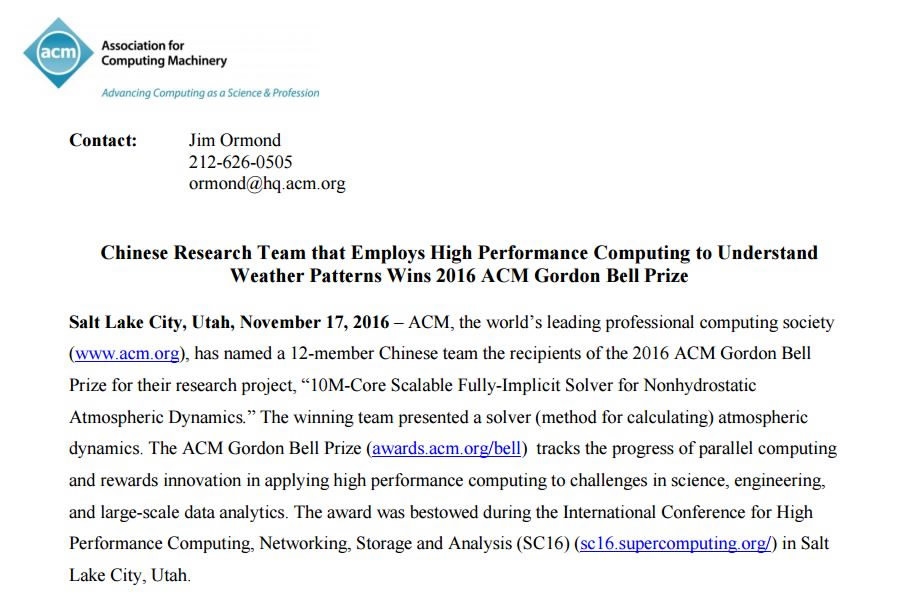The world's fastest computer is still China's Sunway TaihuLight, according to the latest TOP500 list released on Monday.
China's Tianhe-2 remained in second place, but America's Titan has been squeezed out of third by newly-upgraded Swiss machine the Piz Daint.

TOP500 Photo
With that said, you may well have questions in mind, like "how fast is a supercomputer?" or "what are these machines built for?"
To show you the bigger picture, we at CGTN put together some important facts about Sunway TaihuLight.
125,000 times more powerful
US tech giant Intel's CPU type "Core-i7" is often shown on computer advertisements. It's the core power of some of the best computers available to consumers.
But do you know Intel has introduced "Core-i9" which is even faster? It has 18 cores and will be sold at about 2,000 US dollars. Not the whole computer, just the chip.
Some tech media are amazed by the fact that Intel will put a teraflop (1,000 billion computational operations per second) in our future computers.
Well, that's a number from the last century for supercomputers.
Sunway TaihuLight's peak performance can reach a mind-blowing 125,000 teraflops, meaning it's 125,000 times more powerful than the best personal computer available at stores.

National Supercomputer Center in Wuxi, where Sunway is located. /VCG Photo
Designed and made in China
Computers are (nearly always) made in China. Check the device you are using to read this article. It's highly probable "Made in China" is marked somewhere on it (or in it, if a smartphone).
But the word "made" usually means "assembled." Most of the parts in a modern laptop are still designed in the US.
That's not true for Sunway. The beast has 40,960 CPUs in it, all of which were designed in China, namely SW26010.
By the way, the world's second fastest computer, China's Tianhe-2, is based on Intel's architecture. But according to TOP500, Tianhe-2 can't reach half the performance of Sunway, while eating up 16 percent more electricity to run.

Parts of Tianhe-2. /VCG Photo
Unrelated to US export ban
There's a theory on the Internet that China designed it's own supercomputer core because the US banned Intel from selling chips to Chinese supercomputer builders.
While the ban actually exists, the Sunway project was drafted years earlier. And one of Sunway's original characteristics is "domestic technology."
This was confirmed by Dr. Yang Guangwen, director of China's NRCPC (National Research Center of Parallel Computer Engineering and Technology), in 2016.
Cheaper than the previous champion
According to Chinese local media, Tianhe-2's cost is about 2.5 billion yuan. That's about 367 million US dollars.

World's second fastest supercomputer, China's Tianhe-2. /VCG Photo
But the price for Sunway is only 1.8 billion yuan (around 273 million US dollars), according to Liang Jun, vice director of NRCPC.
Benefiting society
China didn't build the supercomputer to compete on numbers. The system is already utilized in many tasks related to both nature and society.
China's supercomputers are conducting calculations to bring actual benefits to people, Chen Rongliang, assistant professor at Chinese Academy of Sciences, told Economic Information Daily a year ago.
Take one simple example: a weather forecast. It may be simple to roughly predict the weather for tomorrow, but doing it precisely requires huge amounts of computing muscle.
With Sunway as the main computing power, a Chinese team won the Gordon Bell Prize (a global award mainly for parallel computing achievements) in 2016 for designing a software system that calculates the flow of Earth's atmosphere.

Press release saying the Chinese team won the prize. /Gordon Bell Prize
The prize had never previously been awarded to a group outside the US or Japan.
In summary: Sunway TaihuLight was built with Chinese technology, is currently the world's fastest computer, and contributes significantly to research benefiting the Chinese people.









